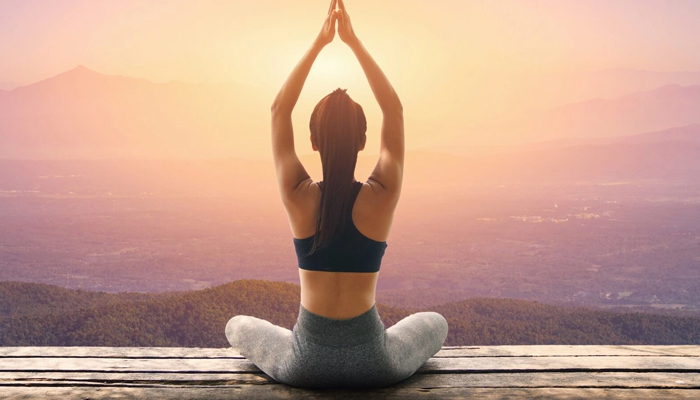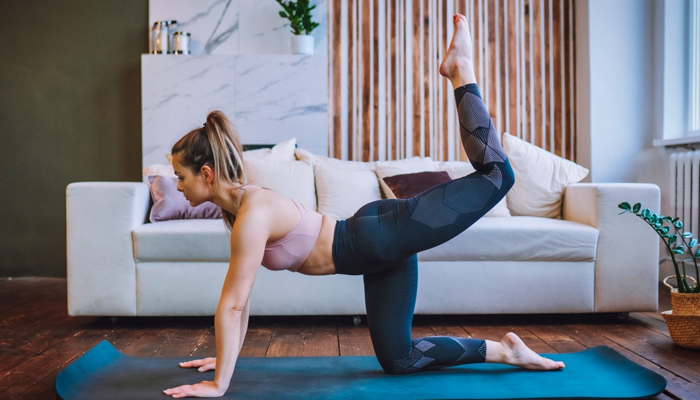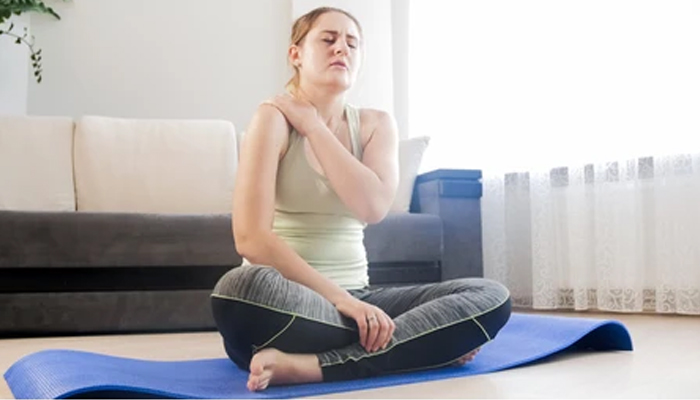
Yoga is among the best ways to gain flexibility and strength and attain physical and mental wellness. As a starter or someone who wants to develop a regular habit, starting with a few easy yoga poses does make a lot of difference. The best thing about yoga is that no special equipment is required, so it is easy to practice yoga at home.
1. The Benefits of Yoga Practice

Yoga offers numerous benefits for both beginners and advanced practitioners. Some of the most significant advantages include:
1.1. Improves Flexibility
One of the primary reasons people practice yoga is to become more flexible. Yoga stretches and lengthens muscles over time, reducing stiffness and improving range of motion.
1.2. Strengthens and Stabilizes
Certain yoga poses require supporting body weight in different positions which strengthens muscles as well as improves core stability. This reduces the risk of injury and improves overall physical fitness.
1.3. Reduces Stress and Anxiety
Yoga combines breathing exercises (pranayama) and physical postures to calm the nervous system, reducing stress and anxiety. Practicing regularly can leave you feeling relaxed and focused.
1.4. Enhances Posture and Balance
Yoga strengthens the core muscles, which stabilize good posture and balance. Back pain and overall body alignment are relieved in the process.
1.5. Improves Circulation and Digestion
Yoga practice improves blood flow and oxygenation all over the body. Certain poses also stimulate the digestive system improving metabolism and health.
2. Beginner Yoga Poses for Flexibility and Strength

These easy yoga exercises will help you build flexibility, strength and confidence if you are a beginner.
2.1. Mountain Pose (Tad asana)
Benefits: Improves posture, strengthens legs and improves balance.
How to Do It:
Stand with shoulders-width feet apart, arms at sides.
Place weight evenly on both feet.
Squeeze your thighs, open your chest and lift your arms overhead.
Hold for 30 seconds and breathe deeply.
2.2. Downward-Facing Dog (Adho Mukha Svanasana)
Benefits: Stretches hamstrings, calves, and shoulders, making the upper body stronger.
How to Do It:
Start on all fours, hands beneath shoulders, knees beneath hips.
Tuck your toes and lift your hips toward the ceiling.
Keep your head in between your arms, forming an inverted V.
Hold for 30-60 seconds with deep breaths.
2.3. Child’s Pose (Balasana)
Benefits: Reduces stress, stretches hips and back, and increases relaxation.
How to Do It:
Sit on your heels with your knees spread apart.
Stretch your arms out in front and let your forehead touch the mat.
Breathe deeply and rest for 30 seconds.
2.4. Warrior I (Virabhadrasana I)
Benefits: Strengthens lower half and improves balance.
How to Do It:
Step one foot forward into a lunge position.
Raise your arms over your head with your back straight.
Hold for 30 seconds, then switch sides.
2.5. Warrior II (Virabhadrasana II)
Benefits: Strengthens legs, shoulders and core with endurance improvement.
How to Do It:
Step feet wide apart.
Stretch arms parallel to the ground.
Bend one knee at 90 degrees.
Hold for 30 seconds then switch sides.
2.6. Triangle Pose (Trikonasana)
Benefits: Improves flexibility of spine, hamstrings and shoulders.
How to Do It:
Stand feet wide apart, arms stretched sideways.
Stretch one arm towards the ground while keeping the other arm rigid.
Hold for 30 seconds and change sides.
2.7. Seated Forward Bend (Paschimottanasana)
Benefits: Stretches hamstrings, back and spine.
How to Do It:
Sit with the legs stretched out in front.
Stretch as forward as possible without bending the spine.
Hold for 30-60 seconds with deep breathing.
2.8. Cobra Pose (Bhujangasana)
Benefits: Engages the back and extends the spine’s flexibility.
How to Do It:
Lie on your stomach, palms under your shoulders.
Press into palms and raise the chest.
Hold for 30 seconds with intense breathing.
2.9. Bridge Pose (Setu Bandhasana)
Benefits: Extends and strengthens lower back, glutes and abdominal muscles.
How to Do It:
Lie on your back, bend your knees and place your feet flat on the ground.
Lift your hips, squeezing your glutes.
Hold for 30 seconds, then reduce slowly.
2.10. Corpse Pose (Savasana)
Benefits: Increases relaxation, decreases stress and allows the body to recover.
How to Do It:
Lie back with arms and legs relaxed.
Close your eyes and breathe deeply.
Remain in this position for 5-10 minutes.
3. How to Start a Daily Yoga Practice at Home

To make yoga a daily habit follow these simple steps:
3.1. Choose a Quiet Spot
Choose a quiet place where you can practice without any distractions. A yoga mat is handy but not necessary.
3.2. Plan a Realistic Time
Start with 10-15 minutes daily and then slowly extend the time. Morning and evening sessions are ideal.
3.3. Practice Breathing
Deep breathing enhances the benefits of yoga practice and maintains you in the present state in each pose.
3.4. Listen to Your Body
Never push a stretch, allow your body to become flexible gradually.
3.5. Use Online Yoga Resources
Watch yoga tutorials or copy-guided sessions to stay inspired.
4. Common Mistakes to Avoid in Yoga

To get the most from your practice, try to avoid these errors:
Holding Your Breath – Always breathe in and out evenly.
Overstretching – Take it at your speed to avoid injury.
Skipping Warm-ups – Start with gentle stretches to prevent muscle strain.
Comparing Yourself to Others – Focus on your progress, not perfection.
Conclusion
Practicing beginner yoga poses for 15-30 minutes daily can improve flexibility, build strength and reduce stress. The key is consistency, listening to your body, and enjoying the journey. Whether you want to increase flexibility, enhance mental well-being or improve strength, yoga is an excellent way to achieve a healthier and more balanced lifestyle.
